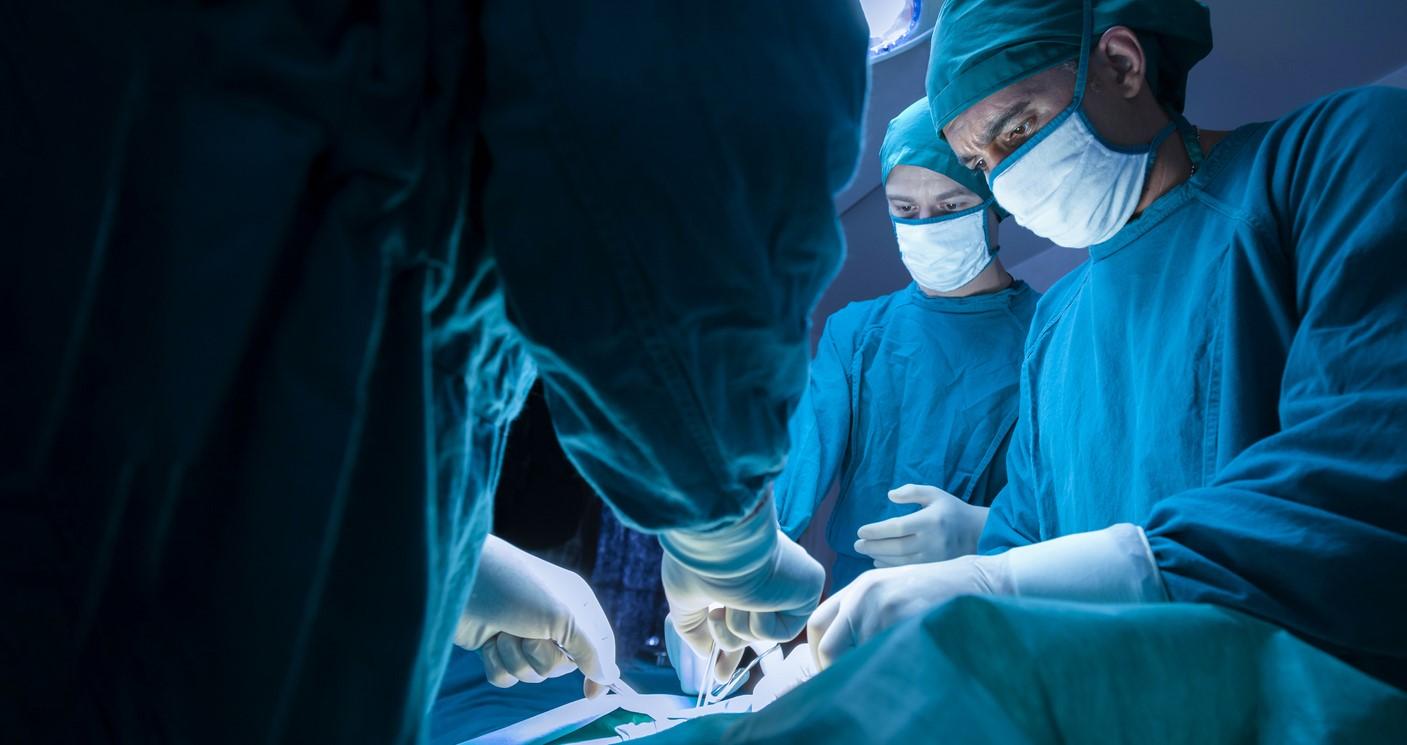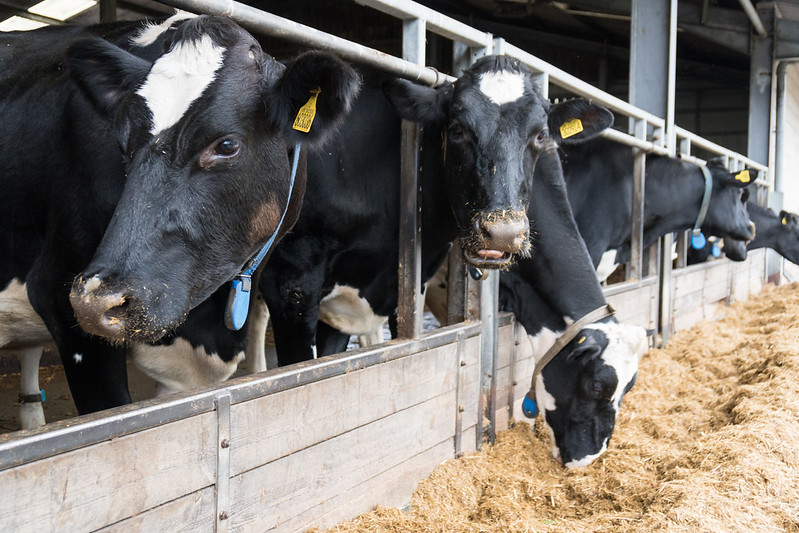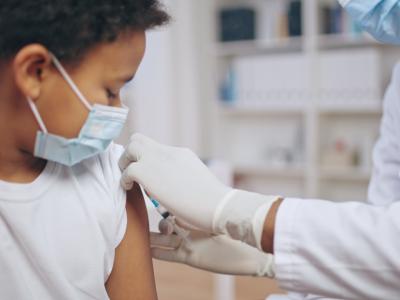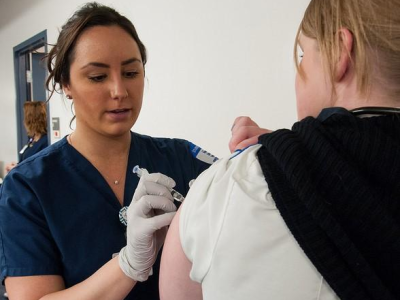
A study of patients who developed infections after spinal surgery found that for most, the bacteria causing the infection was present on their skin before surgery, researchers reported yesterday in Science Translational Medicine.
The study, conducted by researchers at the University of Washington School of Medicine, examined 210 adult patients undergoing spinal fusion. The researchers wanted to explore why surgical site infections (SSIs), which occur in roughly 1 in 30 surgical procedures, have not significantly declined despite adherence to infection-prevention measures like environmental cleaning and sterile processing. To get a better understanding of where the bacteria causing SSIs might originate, they combined multiple forms of genomic analysis to compare preoperative patient microbiomes with postoperative SSI isolates.
Of the 210 patients studied, SSI developed in 14 (6.8%), and preoperative nasal, rectal, and skin specimens were obtained from 204 (97.1%). Skin swabs were collected on the day of surgery from the region directly overlying the planned incision area. Whole-genome sequencing analysis of 22 SSI isolates found that 19 (86%) were genomically similar to a bacterial strain present in one or more preoperative patient samples.
Furthermore, when the researchers analyzed an additional 59 SSIs that occurred in patients who underwent surgery in the same environment during the study period, they found that none of the SSIs were caused by a common bacterial strain.
"This finding indicates that spine SSIs in our population were not caused by exogenous strains originating from shared reservoirs within the hospital environment at any measurable frequency," the study authors wrote.
Implications for infection-prevention strategy
The analysis also found that 59% of SSI isolates were resistant to the prophylactic (preventive) antibiotic administered before surgery, and their resistance phenotypes correlated with the patient's preoperative resistome.
The authors say the findings and methodologic framework carry practical implications for SSI prevention strategies.
"If these findings are replicated in other procedural cohorts, this model of SSI pathogenesis could drive important shifts in infection prevention strategy and enable more individualized and patient-centered approaches," they wrote.
















